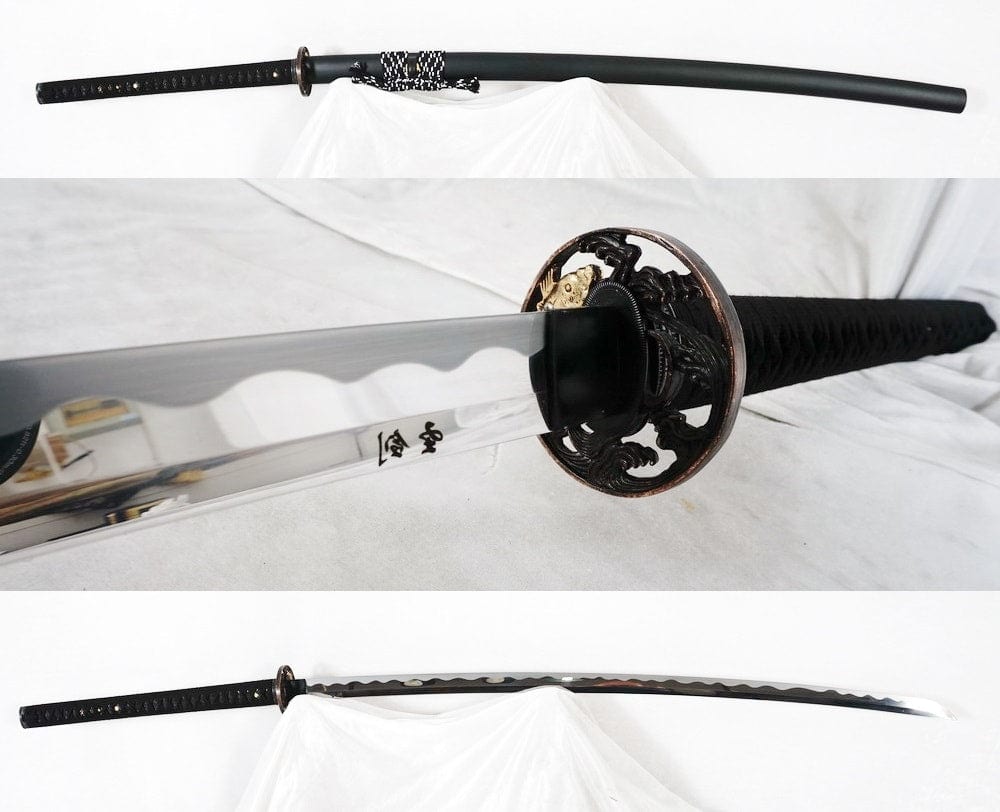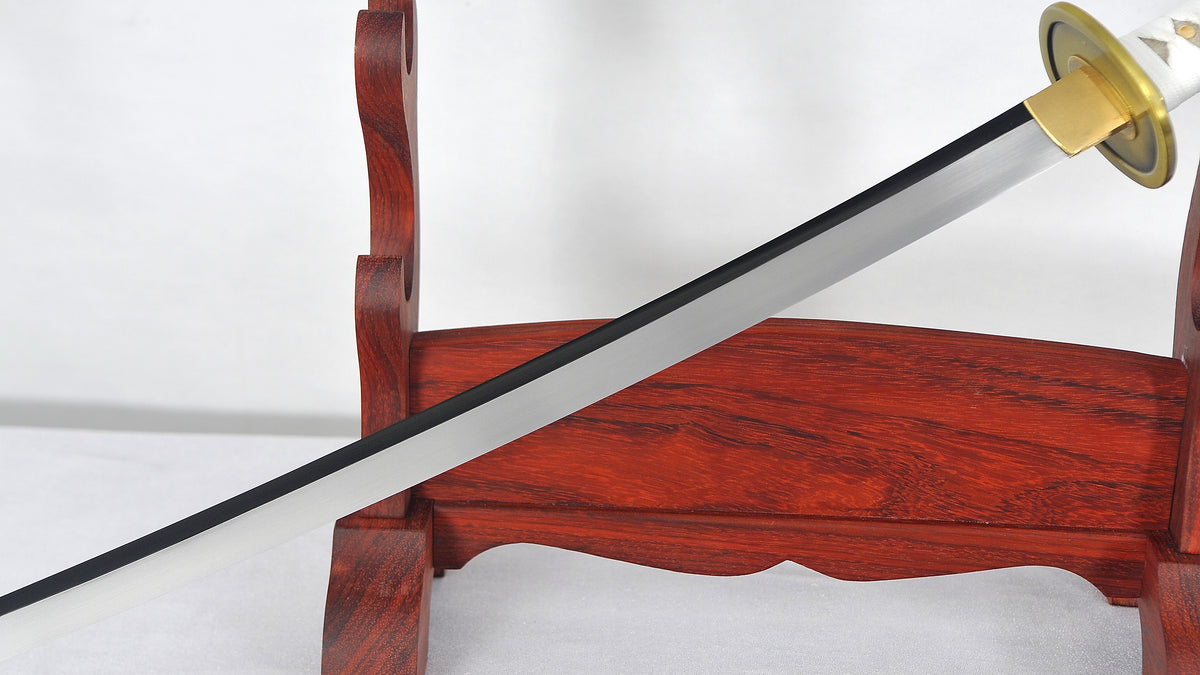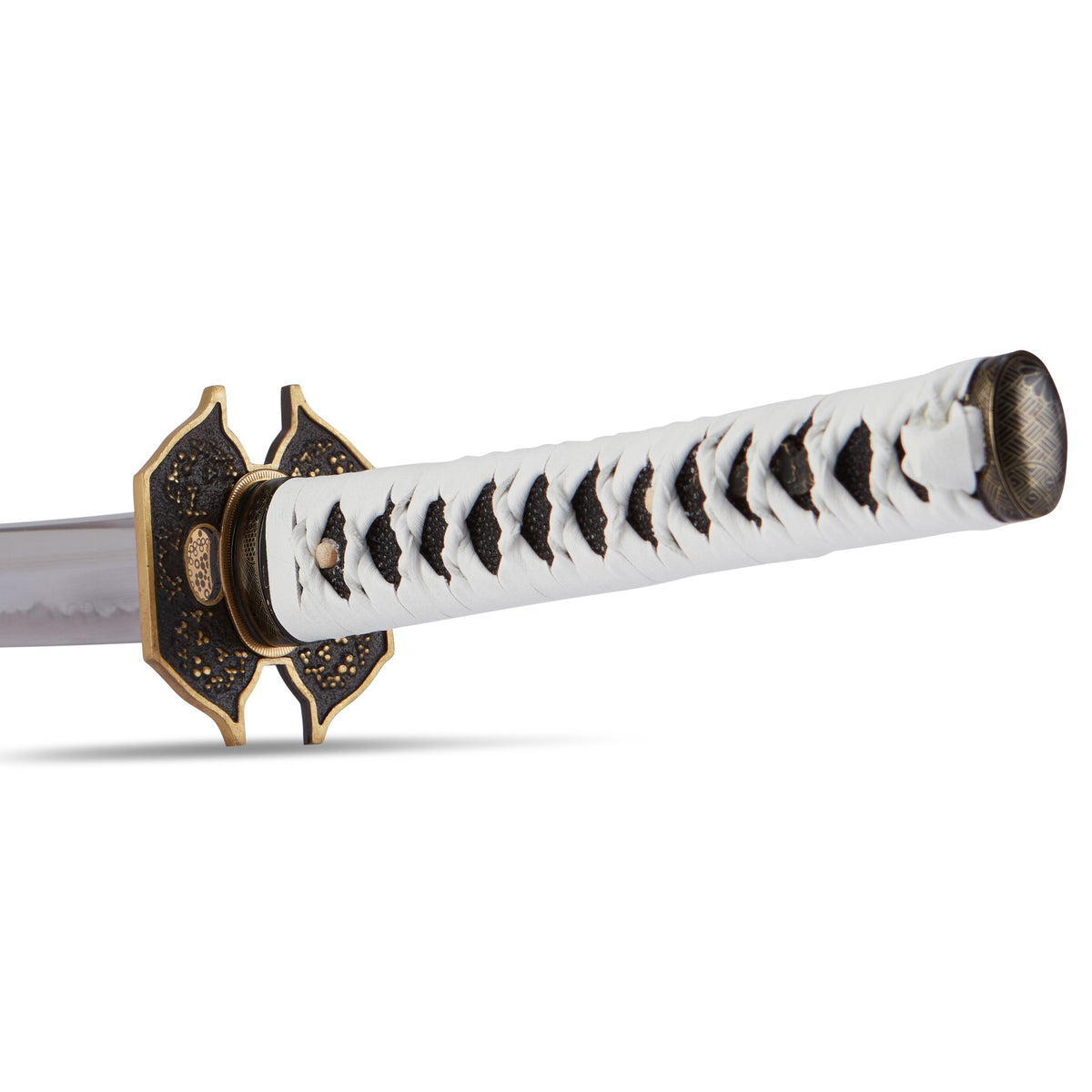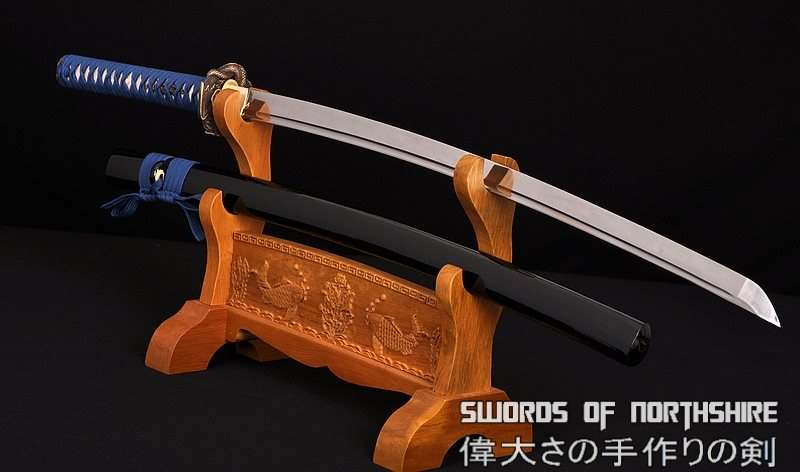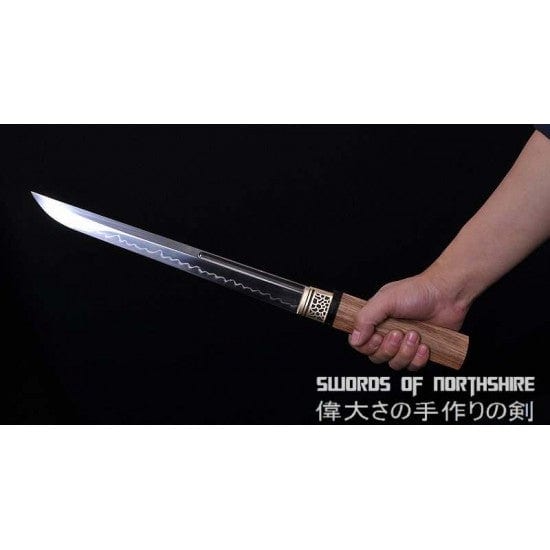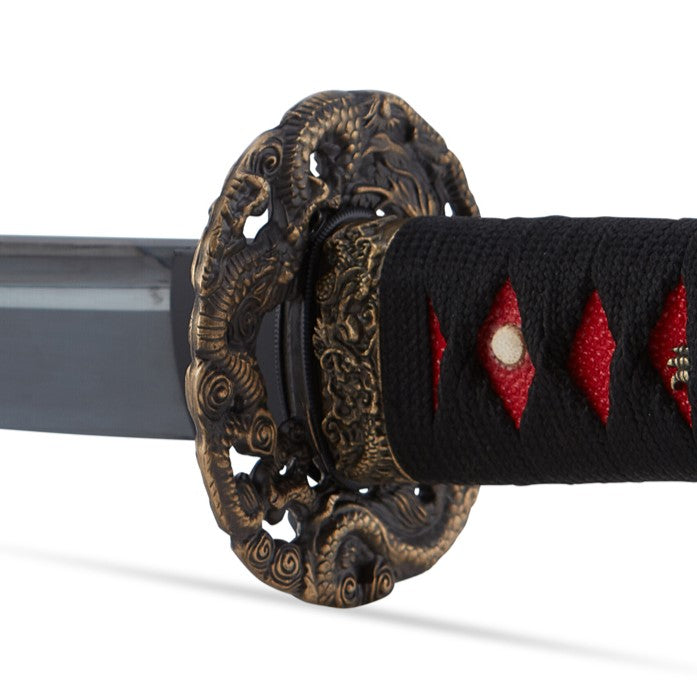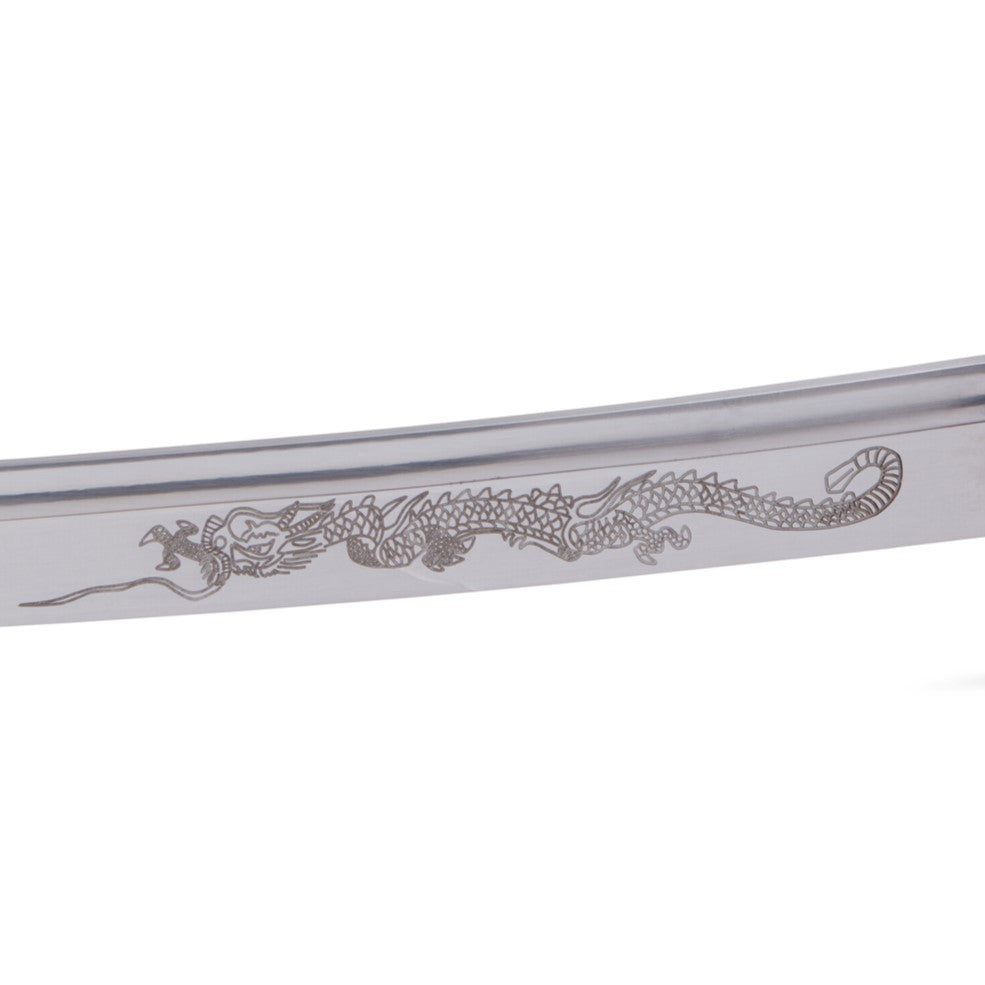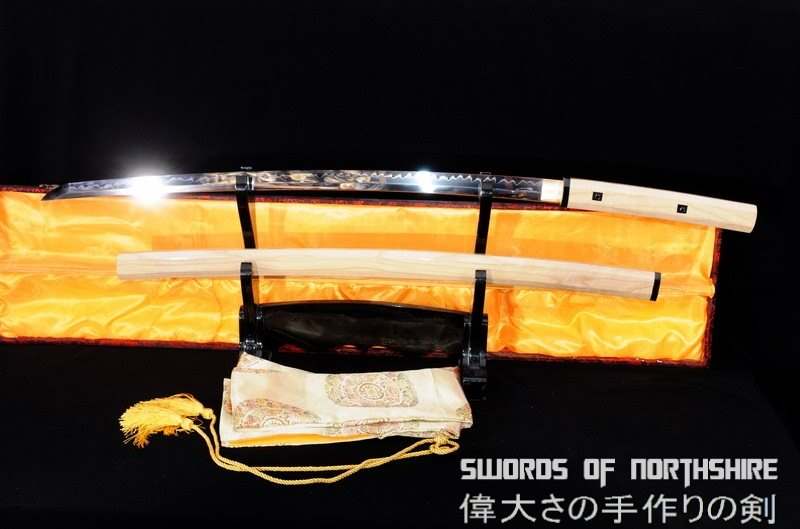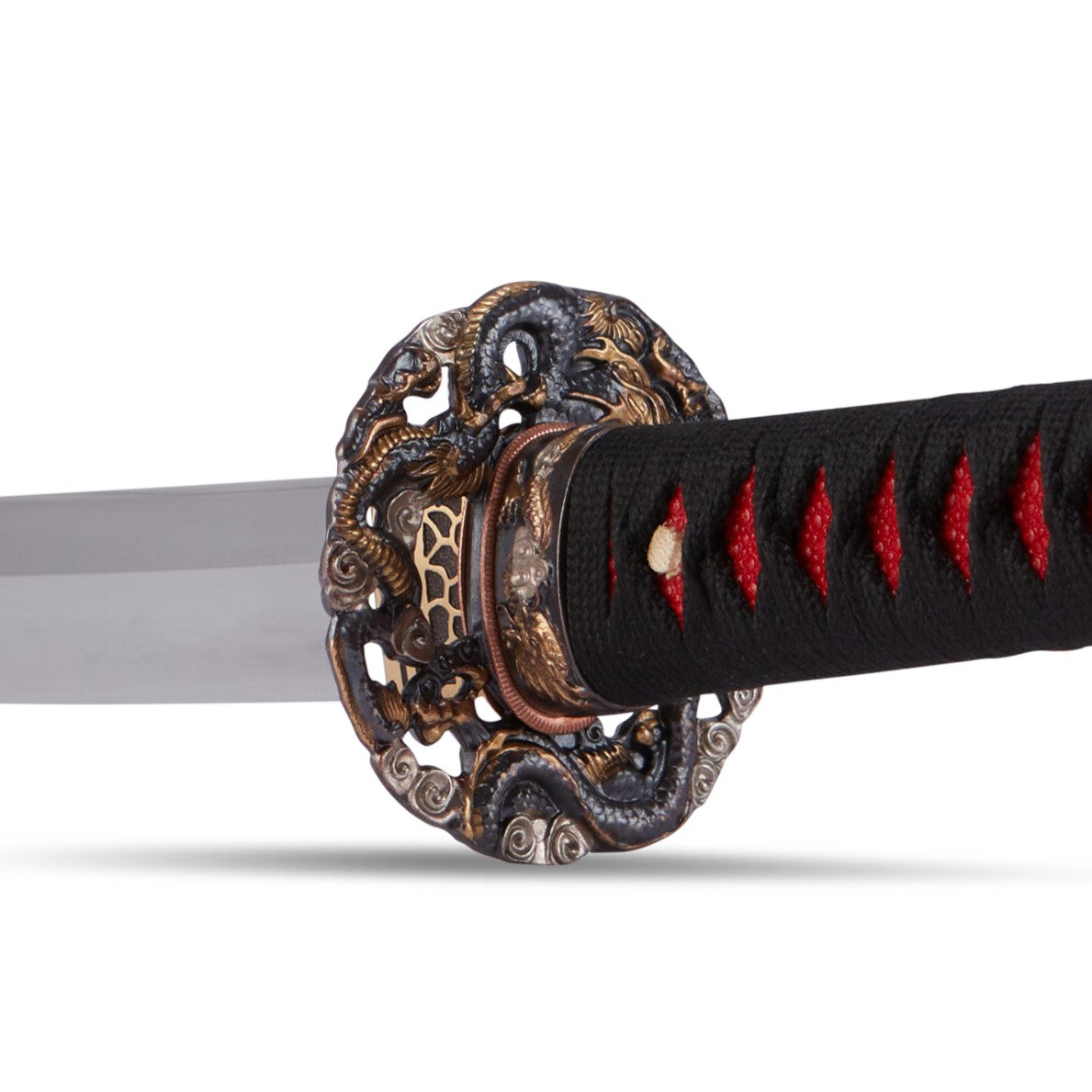Top 5 Gruesome Medieval Weapons
5. Boiling Oil

Attacking a medieval castle was an intimidating prospect. Tall, thick stone walls defended by archers and swordsman had to be overcome before victory could be won and the plundering could begin. Yet swords and bows were not the only weapons used to rain down death and destruction upon the attackers.
Walls could be overcome with ladders and siege engines, and gates could be battered down by rams. So other tools were put to use to try and repeal an attacking army. Defenders would often pour boiling oil and other scalding liquids over the castle walls or through specially built holes called “murder holes” which were holes in the castle wall through which the defender could pour the devastating payload on top of the attacker’s head while remaining safe from enemy projectiles. With a name like murder holes, little is left to the imagination about the impact these defenses had upon attacking soldiers.

Murder Holes
Arrows, rocks, boiling oil and indeed anything that could injure a man would be cast down the holes causing death, destruction, and chaos below. While the term “boiling oil” is generally used, the reality is that anything which could be heated up would be deployed. Oil of various types, water, animal fat, hot sand, and even sewage would be heated up inside a cauldron located nearby and then poured onto the unfortunate men below, causing a painful death, or atleast inflicting horrific injuries upon anyone unlucky enough to be caught in the scalding downpour.
The hot liquids would usually completely cover the enemy soldiers who were hit, getting under any protective armor they might be wearing, and burning through their flesh. In many ways, boiling oil would be considered an early form of terror weaponry, since the terrible injuries and gruesome deaths it caused would have likely spread fear and panic amongst any other attackers who managed to escape it’s rain of death.
The screams of the injured, the smell of burning flesh, and the sight of dozens of horrifically burned bodies would have no doubt proved more than enough reason for any wavering unit of men to completely retreat, as well as causing those following behind to reconsider the idea of getting anywhere near the walls. Such burning oils and flammable liquids were not only effective against the attacking soldiers, but also against the ladders, rams, and siege engines, setting fire to such equipment and rendering it useless.
The ways in which these boiling oils have been used throughout history has been diverse and genius. The romans used oil-based fire pots which could be thrown by hand or launched with ballistas and would erupt in flames upon impact. The Phoenicians heated sand inside copper shields until it became red hot before throwing it over attackers. The red, hot sand penetrated gaps in the enemy soldier’s armor, burning into their flesh. One account speaks of the men hit by the scalding sand dying while going mad with horrible pain.
At Chester in 918 AD, Vikings had their skin peeled off after being covered with a boiling water and ale mixture, and at the Siege of Paris at 886 AD, the Franks used a special mixture of oil and wax which stuck to the skin of the attacking Vikings, melting flesh from bone.
4. The War Scythe
Scythemen during Poland's January 1863 Uprising
For much of history, frenzied hordes of rebellious peasants baying for the blood of their rulers would arm themselves with whatever weapons they could lay their hands on, which would usually be farming tools converted for battle.
The war scythe is an improvised version of the standard farming scythe which was an agriculture tool used for cutting grass or reaping crops. The long wooden handle contained a curved vicious looking blade which could not only cut through crops but also human flesh. During wars and peasant uprisings, farmers who could not afford expensive fighting equipment, would convert this useful farming tool into a weapon designed for one job, to kill.

Typical War Scythe
The blade of the scythe would be rotated so that it pointed upwards like a spear, creating a weapon that was far more effective at stabbing the enemy as well as defending against cavalry charges. The final product was cheap, quick to modify, widely available, and extremely effective. It gave it’s wielder a long attacking range, and it could also be used to cut as well as stab, with documented examples of the scythe cutting through metal helmets. In fact the threat posed by these weapons was so great that, during the Austrian peasants war in 1626, any blacksmith found to be converting agriculture tools to weapons was punished with death.
With the weapons unusual but clearly deadly appearance, the sight of thousands of angry peasants armed with the converted blades would have no doubt had a psychological impact on the enemy. The prospect of being hacked to pieces by the frenzied attacks of enraged farmers, using sometimes rusty and dirty blades, would have no doubt sent a chill down the spine of anyone ordered to fight them.
3. Zweihander

Duel with Zweihanders
These giant two-handed swords look as if they could cleave a man in half with one blow. It’s easy to imagine the terror you might feel seeing several thousands of powerful looking soldiers marching towards you with murder in their eyes, carrying these enormous weapons across their shoulders.
The name Zweihander was actually given to the swords in more modern times. In the time of their use they were generally just referred to as two-handed swords, although the English often referred to them as slaughter swords, which gives you a clear idea of their reputation. The weapon primarily saw use in the early 16th century, and was usually used in battle by German mercenaries as a way to counter tightly packed pike formations.
The soldiers trained to use the sword were usually the largest and strongest, and would be given double pay for their services in battle, where they would be placed in the front ranks and given the task of carving out breaches in the enemy pike formation, swinging their giant swords to knock pikes aside, and even chop off the ends of the pikes. Once a path had been hacked clear, they would then advance into the breach, changing the grip on their swords and using them more like a spear to stab the now vulnerable enemy ranks. Their reputation for killing became fearsome.

Modern Zweihander
The Frisian hero, Pier Donia, famously used his Zweihander with such skill and strength that he was said to be able to decapitate several soldiers with a single swing of his sword. The weapon supposedly used by him is still on display today at the Fries museum and is seven feet long, weighing an impressive fourteen pounds. It’s uncertain whether this weapon was actually used in battle or was simply a ceremonial sword. While the huge size of the Zweihander’s blade, which could often be over 5 feet long, might make them seem slow and cumbersome, they usually only weighed somewhere in the region of four to eight pound. Their exceptional reach and balance was put to deadly use by the soldiers who wielded them, delivering devastating slashing blows and precise stabbing attacks.
Their recognized design is not only due to their sheer size, but also the inclusion of pointing projections known as flukes which acted as secondary handguards. Once a pike formation had been broken the swordsman could shorten his grip, placing one hand higher up the sword just below the secondary handguard, giving greater grip strength and torque. This allowed him to more effectively maneuver in the tight press of enemy ranks, dispatching foes with lethal thrusts of his sword.
2. Mace
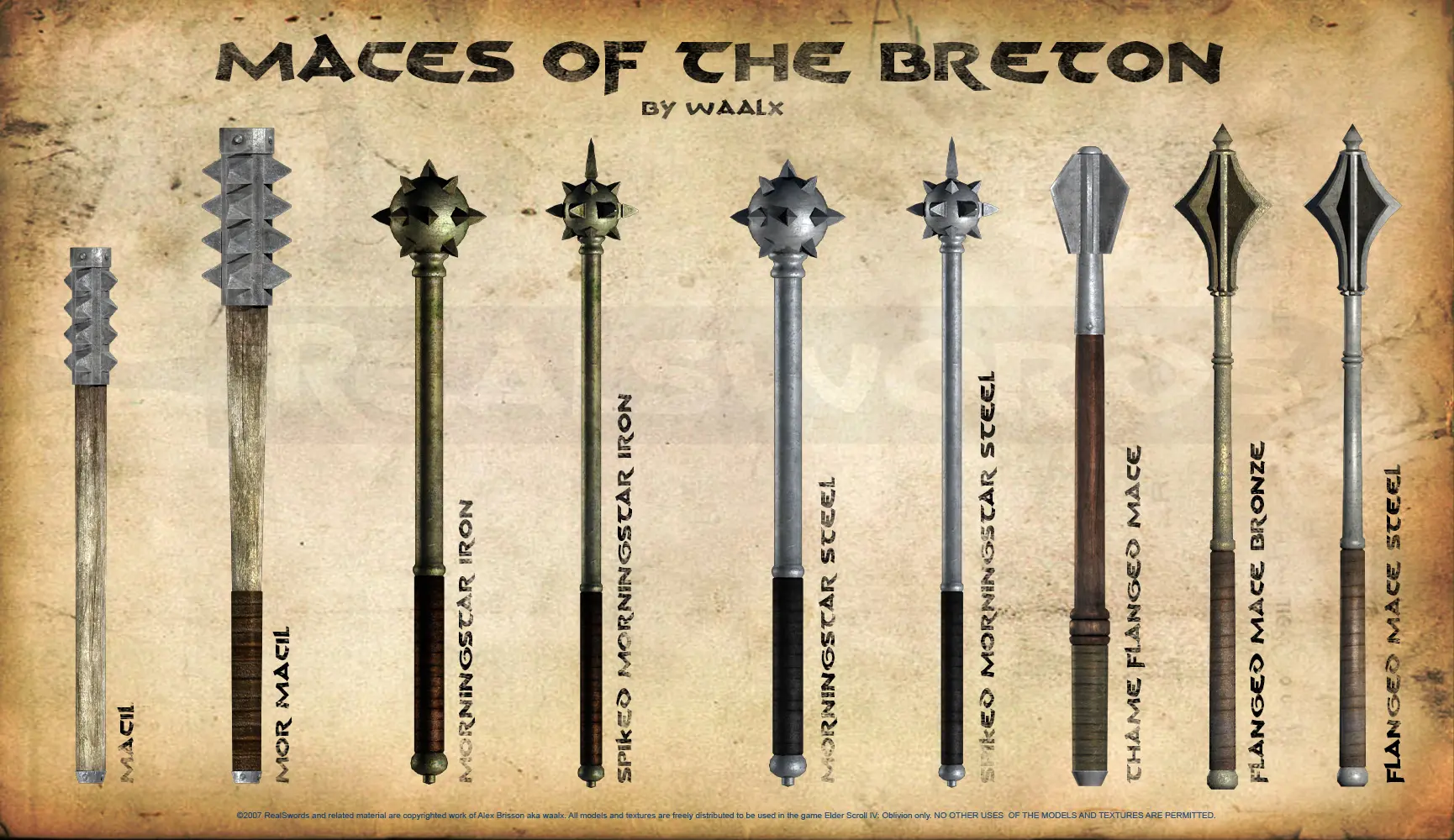
Variety of historical maces
During the Middle Ages, advances in metal plate armor began providing it’s wearer with ever-increasing protection against bladed attacks. The wealthy knights and noblemen who were usually the only men on the battlefield able to afford such advanced equipment might enter combat with a greater sense of confidence. Though this confidence would have taken a sharp dip when an enemy armed with the fearsome looking mace entered their field of vision.
The mace had already been around since the dawn of war in some form or another, with the earliest examples being little more than clubs with rocks mounted on the end. Medieval maces took various forms yet they usually consisted of a heavy weight attached to the end of a club, but more brutal looking designs were common.
Vicious looking metal spikes protruding from the mace’s head as well as deadly looking flanges gave the mace the ability to not only dent armor but also pierce it. These heavy metal maces were able to inflict severe damage against heavily armored knights. The full force of the blow would be transferred onto the knight, often denting his armor and dropping him to the ground. The tremendous force of a swing from the mace could crush chests, cave-in skulls, and shatter bones. Even the most expensive piece of heavy armor would be unlikely to save it’s wearer from the brutal after-effects of up close contact with the full force of a mace.
Even if you did survive the initial attack, you might be left paralyzed with brain damage or severe injuries that would ruin your life. Even a minor blow could prove lethal in the end, knocking the target off their feet and leaving them vulnerable on the ground to follow-up attacks. Maces were relatively simple and cheap to make, and quickly became feared by heavy infantry. A simple peasant now had the ability to eliminate a knight covered with the most advanced and expensive plate armor, giving them a brutal and most likely painful death.
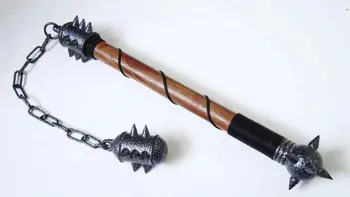
Medieval Flail
Of the varieties was the morning star, which was a mace that contained sharp spikes around the head, enabling it to inflict blunt damage as well as puncture wounds. Another was the flail, which consisted of one or more striking heads attached to the handle by a rope or chain. The flail had the unique ability to strike around shields and parries. Yet it’s drawback was less precision as well as it’s unsuitability for use in close formations, as it was likely to strike friend as well as foe. In fact despite the flails popularity in movies and video games, the flail that is so often portrayed was probably rarely used.
The most common type of flail was instead a modified agricultural tool which consisted of a small stick attached to a longer one with a chain. During times of war, peasant armies would have modified the flail by adding studs or spikes on the striking end to increase the damage potential, creating a basic yet fearsome weapon.
1. The War Elephant
In many ways, elephants were the tanks of the ancient battlefield. As the largest land-mammals on the planet, they made for excellent heavy cavalry, and simply their presence on the battlefield was enough to inspire terror in the soldiers opposing them. Towering over the battlefield with an average height of two and a half meters, the five-ton heavy beasts could move surprisingly fast, the speed of their charges reaching up to twenty miles per hour.
The main task would be to break up enemy formations, and to spread fear through an enemy army. Unlike horses, stopping a charge of elephants with a line of spears was difficult. The brute force of the giant animals could easily smash through tightly packed formations of men, impaling the enemy on their sharp tusks and trampling anyone foolish enough to stand in their way. They would even be trained to grab men with their trunks, throwing them into the air before crushing them under their giant hoofs.
It’s not difficult to imagine the terror experienced by ordinary soldiers standing in formation, seeing the enormous elephants stampeding towards them. Many of these men may have never even laid eyes on such a large and exotic animal before. The sight of their friends being impaled, crushed, and thrown around like rag dolls would have been more than enough reason to flee in terror. Armed with swords, spears, and arrows, the infantrymen would have had a tough time bringing the elephants down. Their thick skin was usually protected with armor, and a single elephant could often withstand dozens of arrows and multiple stab wounds before finally succumbing to death.

Two War Elephants going head to head
The elephants also had a whole host of other valuable uses. Horses, which weren’t used to the sight of an elephant, would become panicked when in their presence, which would often render enemy cavalry completely ineffective, providing a huge bonus to the entire army. They were also excellent at destroying enemy fortifications, acting as mobile siege engines and battering rams, using their enormous weight and power to smash through gates and other obstacles. Towers would often be strapped onto the backs of the elephants, inside which soldiers could be stationed. The height of the elephant would provide these soldiers extra protection, giving them a better view of the battlefield, and giving those armed with bows a greater range of fire.
Yet while they might sound like a super weapon, using elephants in battle brought with them a considerable risk. When things went wrong, they went really wrong. When an elephant became injured, lost it’s driver, or simply became agitated, it might run a muck, becoming uncontrollable. The prized elephants could turn against their own side, killing huge numbers of men as they charged back through the ranks of the army they were supposed to be aiding, crushing anyone who got in their way. The soldiers riding inside the towers strapped to the elephant’s back would often carry a hammer and spike which could be driven into the back of the elephant’s head should it become berserk, preventing the enraged animal from turning on friendly soldiers. War elephants made deadly appearances on famous battlefields all over the world and throughout history. Used famously against Alexander the Great by the Persians and Indians, by Hannibal of Carthage against the Romans, as well as on countless other occasions.
Best Sellers
- Regular Price
- from $199.99
- Sale Price
- from $199.99
- Regular Price
-
- Unit Price
- per
- Regular Price
- from $299.99
- Sale Price
- from $299.99
- Regular Price
-
$0.00
- Unit Price
- per
- Regular Price
- from $619.99
- Sale Price
- from $619.99
- Regular Price
-
- Unit Price
- per
- Regular Price
- from $179.99
- Sale Price
- from $179.99
- Regular Price
-
- Unit Price
- per
- Regular Price
- from $319.99
- Sale Price
- from $319.99
- Regular Price
-
- Unit Price
- per
- Regular Price
- from $339.99
- Sale Price
- from $339.99
- Regular Price
-
- Unit Price
- per
- Regular Price
- from $219.99
- Sale Price
- from $219.99
- Regular Price
-
- Unit Price
- per
- Regular Price
- from $199.99
- Sale Price
- from $199.99
- Regular Price
-
- Unit Price
- per
- Regular Price
- from $364.99
- Sale Price
- from $364.99
- Regular Price
-
- Unit Price
- per
- Regular Price
- from $479.99
- Sale Price
- from $479.99
- Regular Price
-
$0.00
- Unit Price
- per

